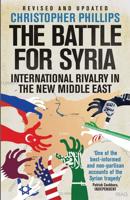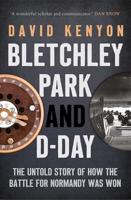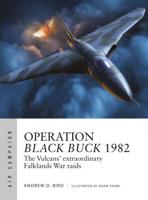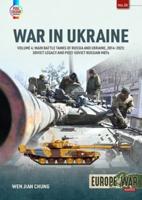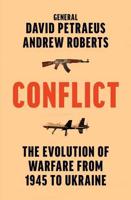Publisher's Synopsis
Urban terrain presents significant tactical challenges to attacking armies, limiting weapons effects and mobility while disrupting formations and command and control. The human terrain in cities creates a tactical dilemma, placing large civilian populations in close proximity to the fighting. The issue of restraint in urban warfare has been described as a modern phenomenon, with urban warfare in World War II characterized as unlimited. In April 1945, however, the Canadian Army limited its firepower while attacking the city of Groningen, Netherlands to limit damage and civilian casualties. This thesis examines the reasons for these restraints and the methods used to balance those restraints with accomplishment of the mission. The Canadians limited their use of force for political reasons based on intent from the British. They accomplished their mission due to intelligence gained from the friendly population, local fire superiority gained by tanks and flamethrowers, and the ineffectiveness of the poorly organized and equipped German defense. This thesis provides a historical case study of the reasons for restraint in urban warfare and the tactical challenges associated with such limitations.

